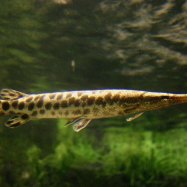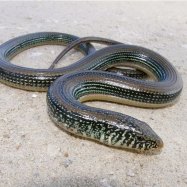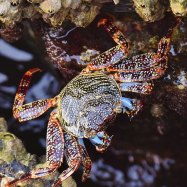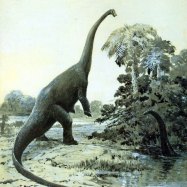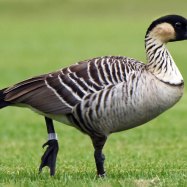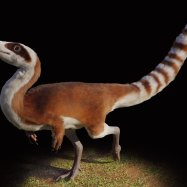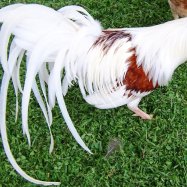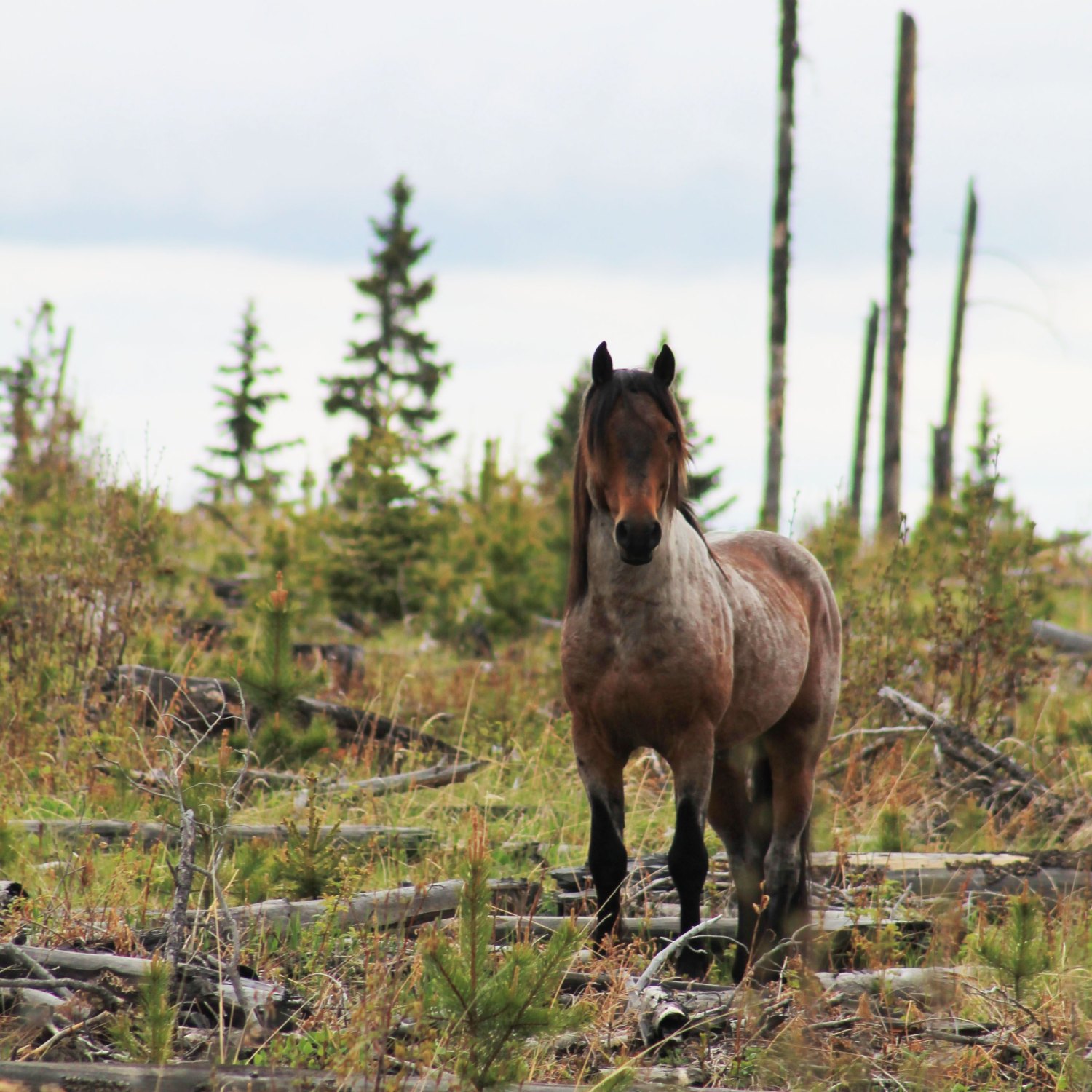
Canadian Horse
Height: 14-16 hands (56-64 inches or 142-163 cm)
Did you know that the Canadian Horse is one of the oldest horse breeds in North America? With a height of 14-16 hands and a muscular and compact body, they are perfect for riding. These beautiful equines can be found in various regions of Canada and belong to the Equidae family. #CanadianHorse #Equine #Canada
Animal Details Summary:
Common Name: Canadian Horse
Kingdom: Animalia
Habitat: Grasslands, forests, and wetlands
The Canadian Horse: A Symbol of Canada's Rich History and Heritage
The Canadian Horse, also known as Equus ferus caballus, is a remarkable animal that holds a special place in the hearts of Canadians and in the history of Canada. This muscular and compact horse is not only prized for its strength and versatility, but also for its cultural significance. As the national horse of Canada, the Canadian Horse has become a symbol of the country's rich history and heritage. Let's take a closer look at this fascinating animal and discover what makes it so unique and beloved Canadian Horse.The Evolution of the Canadian Horse
Like most horse breeds, the Canadian Horse can trace its roots to the 17th century when French settlers first arrived in Quebec with horses from their homeland. These horses, known as "Normans," were a mix of draft and light horses and were used primarily for farming and transportation. Over the years, these horses were bred with other European horses, including those from England and Ireland, resulting in a sturdy and versatile breed known as the "Canadian Horse."Despite their strength and endurance, the Canadian Horse faced an uncertain future during the 19th and early 20th centuries. They were gradually replaced by larger and more powerful breeds, such as the Percheron and the Clydesdale, for work purposes. The Canadian Horse almost became extinct due to overbreeding and a changing economy that no longer valued the traditional horse as a mode of transportation.
However, a dedicated group of breeders and enthusiasts worked tirelessly to preserve the Canadian Horse, and in 1909, the Canadian Horse Breeders Association was established. Thanks to their efforts, the Canadian Horse was recognized as a distinct breed in 1934. Today, the population of Canadian Horses has recovered, and it is estimated that there are around 6,500 Canadian Horses worldwide Common Spotted Cuscus.
Physical Characteristics of the Canadian Horse
The Canadian Horse is a small to medium-sized horse, standing at 14-16 hands (56-64 inches or 142-163 cm) tall. They have a muscular and compact body, with strong legs and a deep chest. They are usually black in color, with a glossy coat, but can also come in bay, brown, or gray. Some Canadian Horses may also have white markings on their face and legs.One of the most distinctive features of the Canadian Horse is its signature "mane of black silk." This thick and luxurious mane is often accompanied by a wavy forelock that gives the Canadian Horse a majestic appearance. Their strong and sturdy hooves are well-suited to the rugged terrain of Canada, making them excellent for trail riding and packing.
Habitat and Feeding Habits
The Canadian Horse is well-adapted to thrive in various environments, including grasslands, forests, and wetlands. They are hardy and resilient, able to withstand harsh weather conditions in their native land. In the wild, they would graze on grasses, herbs, and shrubs, making them herbivorous animals.As domesticated horses, Canadian Horses are fed a diet of hay, grains, and other supplements to ensure they receive all the necessary nutrients. They are known for their excellent digestion and are able to convert their food into energy efficiently. This makes them low-maintenance animals to care for, making them popular among horse owners.
Geographical Distribution and Country of Origin
As the name suggests, the Canadian Horse is found primarily in Canada. They are native to the eastern provinces of the country, particularly Quebec and Ontario. However, they can also be found in other regions of Canada, including the Maritimes, the Prairies, and British Columbia.The Canadian Horse was officially recognized as the national horse of Canada in 2002, and its image can be seen on the Canadian $50 bill. This designation is a testament to the significant role this breed has played in Canada's history and its continued importance as a national symbol.
Usage and Versatility
The Canadian Horse is a versatile breed that has been used for various purposes throughout its history. In the early days, they were primarily used for farming and transportation due to their strength and endurance. They could easily pull heavy loads and travel long distances without tiring.Today, the Canadian Horse is used for a wide range of activities, including trail riding, dressage, jumping, and pleasure riding. They are also popular as therapy horses, as they are known for their gentle and kind nature. Their versatility and trainability make them a great choice for riders of all levels, from beginners to experienced equestrians.
The Canadian Horse and Canada's Cultural Heritage
Beyond its physical characteristics and uses, the Canadian Horse holds a special place in Canada's cultural heritage. As mentioned earlier, it is recognized as the national horse of Canada, and its image has been featured on stamps, coins, and currency. It is also the subject of several paintings and sculptures, showcasing its beauty and significance.During the Great Depression in the 1930s, the Canadian Horse played a crucial role in revitalizing the Canadian economy. The government launched the "King's-Hinton Study" to promote the breeding of Canadian Horses and offer loans to farmers who were interested in purchasing them. This initiative helped to preserve the breed and provided an economic boost to Canada's struggling agricultural sector.
In addition, the Canadian Horse has been featured in numerous folk tales and legends, highlighting its significance in Canadian culture. The emblem of the Royal Canadian Mounted Police, a renowned symbol of Canadian identity, also includes a Canadian Horse.
The Future of the Canadian Horse
Thanks to the dedicated efforts of breeders and enthusiasts, the Canadian Horse has made a remarkable comeback from the brink of extinction. Today, it is listed as a "threatened" breed by the Livestock Conservancy, which continues to monitor its population and promote its preservation.One of the biggest challenges facing the Canadian Horse is its small population size. As of 2014, there were only around 2,000 Canadian Horses registered with the Canadian Horse Breeders Association. In comparison, there are over 10,000 registered Quarter Horses in Canada. Despite this, the demand for Canadian Horses is on the rise, and efforts are being made to increase its numbers.
One of the most significant factors contributing to the growth of the Canadian Horse population is its popularity among equestrian enthusiasts. Many riders are drawn to this breed's beauty, intelligence, and versatility, leading to an increase in demand for Canadian Horses. Additionally, breeders are working to promote its unique characteristics and showcase its potential in various activities.
The Legacy of the Canadian Horse
In conclusion, the Canadian Horse is an animal that embodies the resilience, adaptability, and rich history of Canada. Despite facing challenges over the years, the Canadian Horse has not only survived but also thrived as a symbol of the country's heritage. Its beauty, strength, versatility, and cultural significance continue to capture the hearts of Canadians and contribute to its popularity worldwide. As we look towards the future, it is crucial that we continue to preserve and protect this remarkable breed, ensuring that its legacy lives on for generations to come.

Canadian Horse
Animal Details Canadian Horse - Scientific Name: Equus ferus caballus
- Category: Animals C
- Scientific Name: Equus ferus caballus
- Common Name: Canadian Horse
- Kingdom: Animalia
- Phylum: Chordata
- Class: Mammalia
- Order: Perissodactyla
- Family: Equidae
- Habitat: Grasslands, forests, and wetlands
- Feeding Method: Herbivorous
- Geographical Distribution: Canada
- Country of Origin: Canada
- Location: Various regions in Canada
- Animal Coloration: Usually black, but can be bay, brown, or gray
- Body Shape: Muscular and compact body
- Length: Height: 14-16 hands (56-64 inches or 142-163 cm)
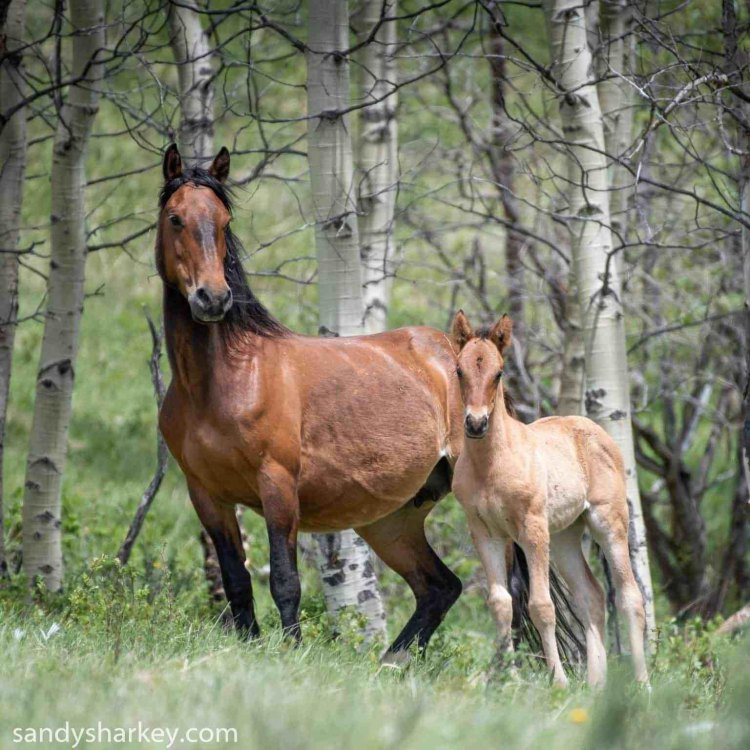
Canadian Horse
- Adult Size: Height: 14-16 hands (56-64 inches or 142-163 cm)
- Average Lifespan: 20-30 years
- Reproduction: Sexual
- Reproductive Behavior: Polygynous (one male mates with multiple females)
- Sound or Call: Neigh
- Migration Pattern: Non-migratory
- Social Groups: Herd
- Behavior: Intelligent, gentle, and adaptable
- Threats: Habitat loss, overbreeding, and introduction of modern horse breeds
- Conservation Status: Critical
- Impact on Ecosystem: Helps maintain grasslands through grazing
- Human Use: Riding, driving, and working
- Distinctive Features: Strong build, thick mane and tail, and sturdy hooves
- Interesting Facts: Endangered breed, used by the Canadian military, known for its endurance and strength
- Predator: Few natural predators
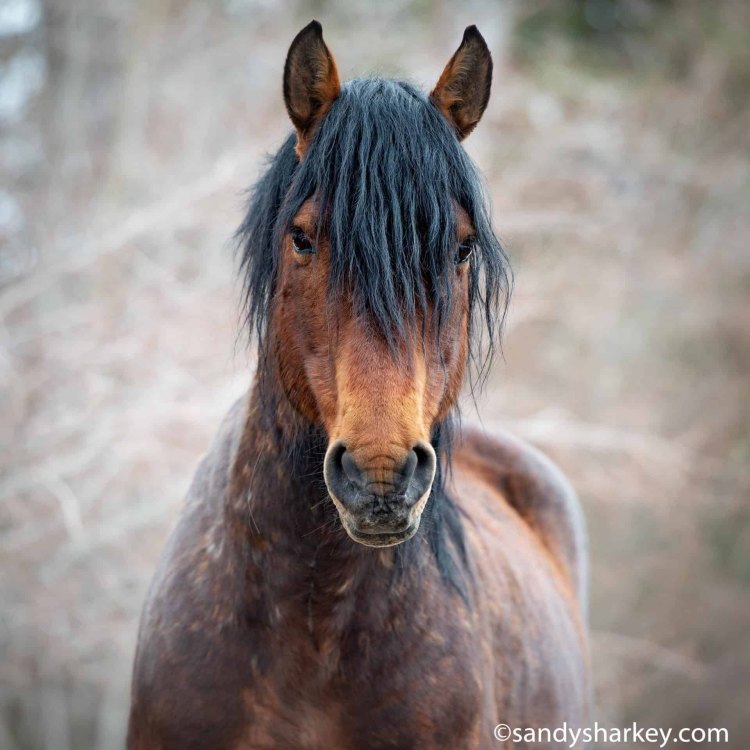
Equus ferus caballus
The Endangered Canadian Horse: A True Canadian Treasure
Canada is known for its vast landscapes, mountains, and wildlife. But among the majestic bears, moose, and beavers, there is another animal that holds a special place in the hearts of Canadians - the Canadian Horse. This iconic breed is a true representation of Canada's rich history, adaptability, and strength. However, with a critical conservation status, the future of the Canadian Horse is uncertain PeaceOfAnimals.Com. In this article, we will take a closer look at this endangered breed and its unique features, as well as its role in the Canadian ecosystem and human use.A Symbol of Canada's History
The Canadian Horse, also known as the Cheval Canadien, is deeply ingrained in Canada's history. It is believed that the breed originated from horses brought to Canada by French settlers in the 17th century. These horses were a mix of Norman horses from France and Breton horses from Britain. Through careful breeding and natural selection, the Canadian Horse evolved into a distinct breed, well adapted to the demanding landscape and climate of Canada.During the 18th and 19th centuries, the Canadian Horse played a crucial role in Canada's development. They were used for transportation, farming, and as a source of food and income for settlers. They were also used by the military for battle and communication, earning them the nickname "the little iron horse." The breed's adaptability, intelligence, and strength made it an invaluable asset during this time, and they quickly became a symbol of Canadian pride and resilience Carpet Viper.
Distinctive Features of the Canadian Horse
One look at the Canadian Horse, and it's easy to see why it stands out among other breeds. Standing at 14 to 16 hands (56-64 inches or 142-163 cm) tall, they are considered a medium-sized breed. They have a strong build, with a muscular body and sturdy legs that allow them to navigate the rugged Canadian terrain with ease. Their thick mane and tail, along with their sturdy hooves, are adaptations to the cold Canadian winters.One of the most distinctive features of the Canadian Horse is its color. While most horses come in a variety of colors, the Canadian Horse is predominantly black. This is due to the "black gene" that is prevalent in the breed, making them stand out even more. Some Canadian Horses also have white markings on their face and legs, which adds to their unique appearance.
The Canadian Horse's Behavior and Reproduction
The Canadian Horse is a highly social animal, living in herds of up to 20 individuals. This herd structure is led by a dominant mare, and the herd works together to graze, protect each other, and communicate through their distinct neigh sound. This social behavior is a testament to the intelligence and adaptability of the breed.When it comes to reproduction, Canadian Horses are polygynous, meaning one male mates with multiple females. Breeding season typically occurs in the spring, with foals born in the summer. Canadian Horse foals are known for their strong and independent nature, and they can start running and playing within hours after birth.
The Endangered Status of the Canadian Horse
Despite its strong history and unique features, the Canadian Horse is currently listed as critically endangered on the IUCN Red List. The breed's population has drastically decreased due to various factors, including habitat loss, overbreeding, and the introduction of modern horse breeds. In the early 1900s, the Canadian Horse faced a near-extinction crisis when it was replaced by larger and faster horse breeds imported from Europe and the United States. It is estimated that in 1976, there were only 400 registered Canadian Horses left in Canada.The Canadian Horse's Impact on the Ecosystem
The Canadian Horse may be an endangered breed, but its impact on the Canadian ecosystem is significant. These horses are grazers, meaning they primarily feed on grass. As they roam and graze, they help maintain the grasslands by controlling the growth of grass and promoting new growth. This makes them an integral part of the Canadian ecosystem, as healthy grasslands are essential for maintaining a balanced ecosystem.Human Use of the Canadian Horse
Aside from its historical significance and role in the ecosystem, the Canadian Horse is also used by humans for various purposes. Their gentle nature and endurance make them ideal for riding and driving, and they are also used for working on farms. They have a natural gait that is comfortable for riders, making them a popular choice for pleasure riding. The Canadian Horse has also been reintroduced into the Canadian military, where they are used for ceremonial purposes, carrying flags and performing cavalry drills.A Precious Canadian Treasure and Its Future
The Canadian Horse is a national symbol of Canada, and its unique features, behavior, and history make it a true Canadian treasure. However, the breed's future remains uncertain. Efforts are being made by Canadian Horse breeders and enthusiasts to increase the breed's population and preserve its genetic diversity. In 2002, the Canadian Horse Heritage and Preservation Society was formed, with a goal to protect and promote the Canadian Horse breed.The Canadian Horse is also recognized as an official animal symbol of Canada alongside the beaver and the Canadian loon. This recognition has brought more attention to the breed and has helped in its conservation efforts. However, it is still listed as critically endangered, and more needs to be done to ensure its survival.
The Threats to the Canadian Horse and How You Can Help
As mentioned earlier, the Canadian Horse faces various threats, including habitat loss, overbreeding, and the introduction of modern horse breeds. It is essential to raise awareness about the breed and its endangered status to protect it from these threats.You can also support the Canadian Horse's conservation efforts by choosing products and services that are ethically sourced and do not contribute to habitat loss or destruction. You can also donate to organizations dedicated to preserving this unique breed or visit a Canadian Horse farm to learn more about the breed and its history.
The Canadian Horse: A Living Piece of Canadian History
In conclusion, the Canadian Horse is more than just a horse breed. It is a living piece of Canadian history, representing resilience, adaptability, and strength. Its distinctive features, behavior, and role in the Canadian ecosystem make it a true Canadian treasure. Despite its critical conservation status, there is hope for the Canadian Horse, and with continued efforts, we can ensure that future generations will be able to witness and appreciate this remarkable breed.
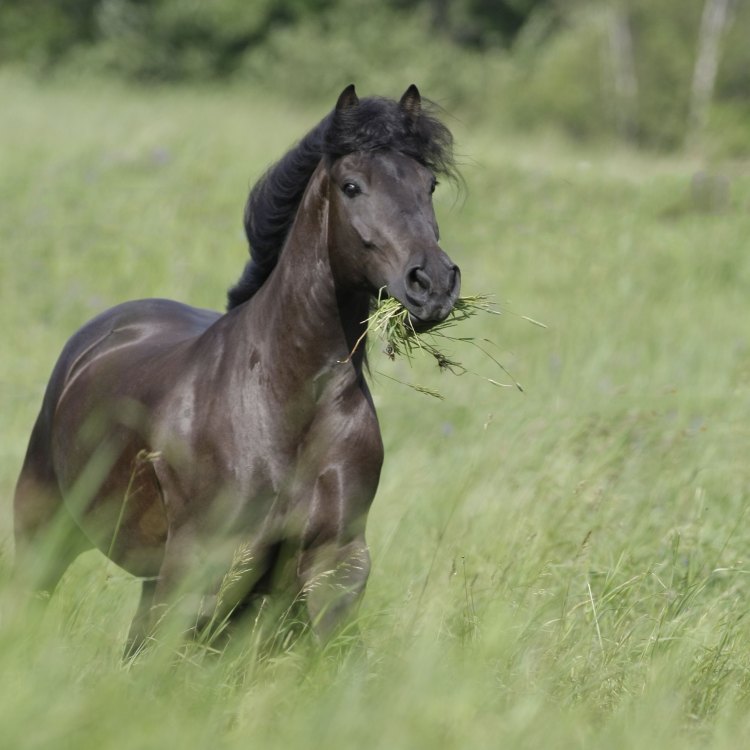
The Canadian Horse: A Symbol of Canada's Rich History and Heritage
Disclaimer: The content provided is for informational purposes only. We cannot guarantee the accuracy of the information on this page 100%. All information provided here may change without prior notice.

